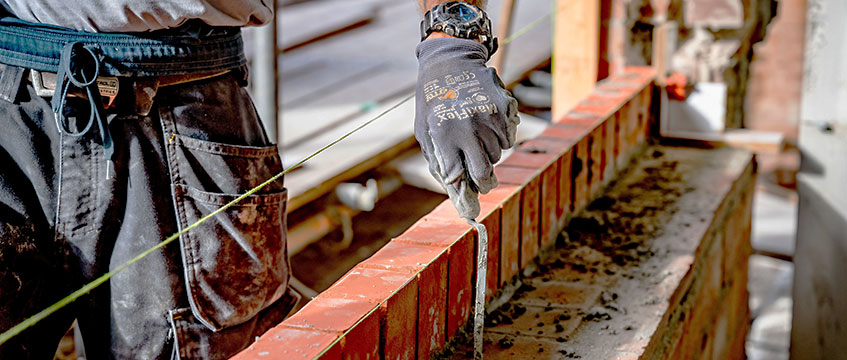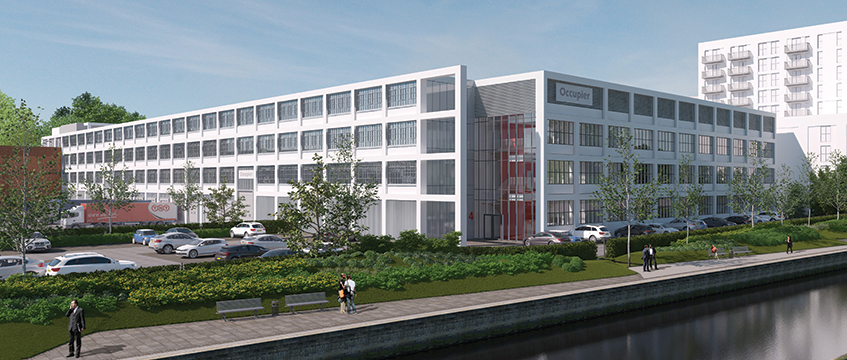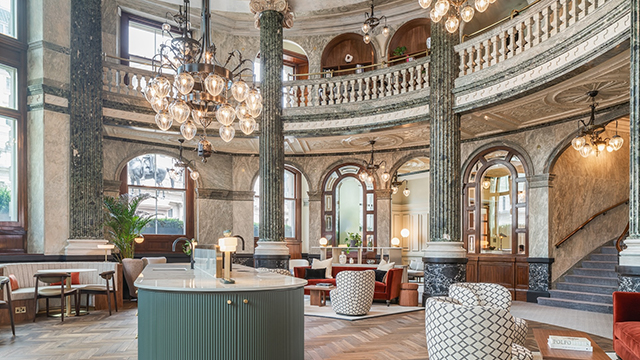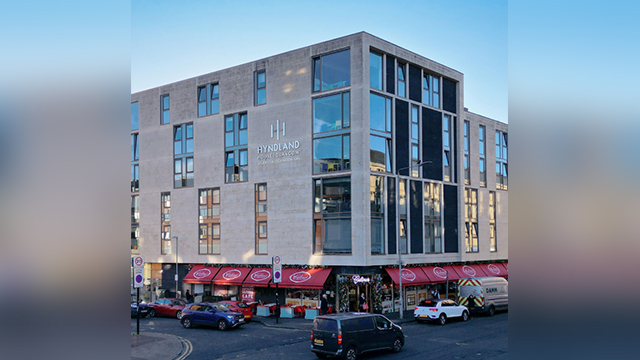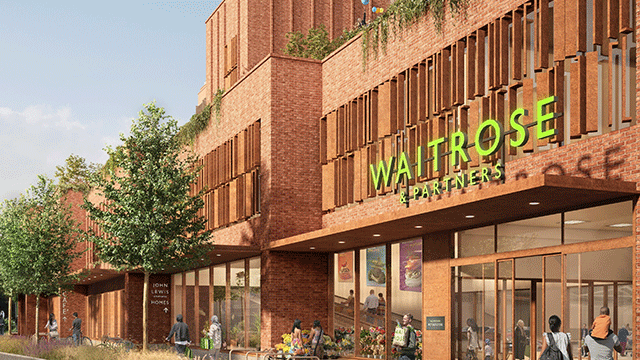SEGRO did the double at September’s EG Awards – winning the Industrial Company of the Year and National Property Company of the Year awards. Judges praised the company’s innovative approach to delivery. Here Greater London director Alan Holland and Thames Valley & national logistics director Gareth Osborn explain how the company is staying ahead of the curve – and how even residential is part of the industrial giant’s future.
Motion Simulation is a far cry from the metal bashing traditionally associated with industrial or warehouse property in the UK.
With six simulators, each generating up to 2G of acceleration and axis of heave, pitch and roll combined with a 200-degree wrap-around spherical screen, Motion Simulation draws racing drivers and fast car enthusiasts from around the world.
It also provides an invaluable service for ambulance drivers, testing them at speed on how to handle corners and bumps in the road on busy routes.
Nothing sums up the extraordinary things happening across our £8bn-plus, 68m sq ft UK and continental European estate better than the variety of customers at the Slough Trading Estate, which is approaching 100 years old and is where Motion Simulation is based.
Likewise, every week Clean launders 1.2m items of linen from its new 42,000 sq ft “super-laundry” on the estate. Another of our customers, Tak Tokumine, founded the Japan Centre and sells more than 4,000 products including tofu, seaweed, sake and noodles.
And while the variety of customers is invigorating, so are the challenges we face to keep expanding in this ever-more complex industrial world.
The backstory to everything we are doing in London is the scarcity of land: our aim is to ensure the intelligent use of land”
The backstory to everything we are doing in London is the scarcity of land: our aim is to ensure the intelligent use of land, to help customers such as Ocado, DPD and Fedex, but also to help satisfy the capital’s housing needs – there is no reason why jobs and homes should not sit side by side.
At the former Nestlé factory in Hayes, west London, we should secure planning consent this year for 235,000 sq ft of industrial use directly adjacent to a Barratt housing development from which people can walk to work.
To mix warehouses and housing you need a good overall masterplan, because fundamental points like access need to be resolved straight away. Lorries, which are big and slow, and cars where people have a different attitude towards risk, need to be kept apart.
Quality also helps. Open space can help form a buffer between uses, but our occupiers aren’t metal-bashers – they are building sophisticated products, so they often need peace and quiet.
Mixing uses isn’t as complicated as it seems – if you go back to the Cadbury family’s creation of Bourneville Village south of Birmingham at the turn of the 20th century this was the template for people living happily alongside their workplace.
The future is multi-storey
Sticking with our belief that intelligent use of land can help solve some of London’s capacity problems, at SEGRO we are also exploring multi-storey uses that can be a template for the future.
Across Europe we are already developing multi-storey facilities – a two-storey spiral-ramp warehouse in central Munich for a single internet retailer and a two-storey 650,000 sq ft shed in Gennevilliers, northern Paris. Carrefour has already signed up for 20% of this space.
Many of our customers are global, and in the Far East in particular they have become used to multi-storey schemes, so adapting to the concept is not a difficult leap for them.
In fact, in Hong Kong developing single-storey warehouses is frowned upon because land is so scarce.
More than ever before, the outskirts of London are its “bread basket”, with lorries and vans ferrying in goods for shops and restaurants on arterial routes which are becoming ever more important. That’s why we are exploring multi-storey uses on a range of sites in the capital.
When you are planning for colocation of uses, our golden mantra is “no compromise”. Every use has to be planned for as well as possible, and with a multi-storey warehouse that means providing a 12-metre wide ramp as wide as a carriageway of the M25 – anything less, and you can’t pass a broken down lorry on it.
But we do gain hugely in space: to build 450,000 sq ft of warehousing on one storey in London would normally take 22 acres. We believe we can provide 450,000 sq ft on four storeys in seven acres.
That’s intelligent intensification – but in fact, car park operators have been taking the same approach in city centres for years.
Look at NCP – since the post-war days when it began developing bomb sites it has accommodated vehicles in multi-storey units across London. All we are suggesting is applying the same idea to lorries and delivery vehicles.
“Robots with cladding”
Go into the buildings we develop and it’s incredible what you see nowadays – and that applies across all sectors of British trade and industry.
We create the building as a wrapper and the customers are primarily responsible for the extraordinary things that happen inside, but we have helped in a number of ways.
We were bold in building parcel delivery centres when some people thought these were too bespoke for high-value land”
First, we started building three years ago, having decided to start developing four or five years ago when the market was flat on its back.
We were bold in building parcel delivery centres when some people thought these were too bespoke for high-value land, and could become obsolete, but we already believed in the e-commerce revolution.
We also started putting in stronger foundations in warehouses which allowed customers to add mezzanines.
And at our 6m sq ft East Midlands Gateway we are providing 30% more power than in a conventional logistics development to help power robotics, cooling and allow more goods to be moved.
We are looking to the future as well. SEGRO plays an active role on the British Property Federation’s industrial committee, which is examining the implications of the loss of land for industrial use in London, and when we show experts our developments they are amazed they are so hi-tech – no more lathes.
As for the future? We are thinking hard about driverless vehicles: if they arrive, driver regulations will change and you could be based in the south of England and be supplying Aberdeen or Truro.





